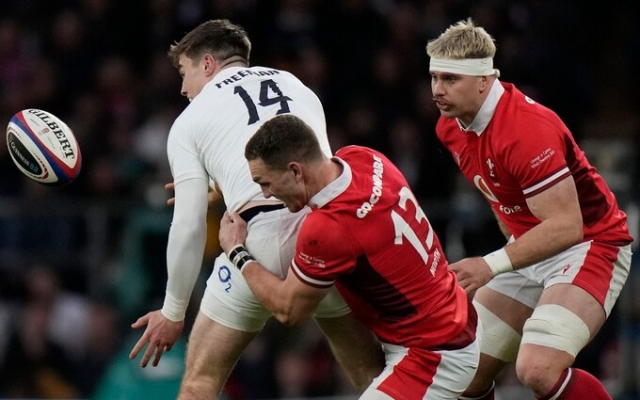 England's conversion rate into the opposition 22 is a worrying weakness. Photo: AP/Alastair Grant
England's conversion rate into the opposition 22 is a worrying weakness. Photo: AP/Alastair Grant
While they have heralded another new dawn under Jamie George, there is an ugly legacy from recent years that England must shake off. To give any concern to the upper echelons of the Test scene, one must look at their conversion rate of 22 opponents. To be honest, it paralyzed them.
Coming back to the issue, the 2019 World Cup final could be pinpointed when South Africa held them to the brink of the break and seemed to dampen their spirit somewhat. Jacques Nienaber, Felix Jones's influential mentor, held a towel in the dead-ball area, pointing out his unique dual role as physiotherapist and defense coach, and barked instructions to his Springboks.
England's short-range ineffectiveness has carried over into the next four-year cycle and risks stifling the start of this one as they started this decider against Wales with precision and consistency. Their aggressive defenses would rush at visitors and trap them deep within their own territory. When Wales struck, England struck them sharply and in concert. And after crossing the 22nd? Momentum was constantly fading.
Lack of attacking composure
Martin Gleeson, attack coach from 2021 to 2022, infamously admitted that England had not even practiced similar scenarios under Eddie Jones. The plan apparently was to wait until the long World Cup camp to develop a strategy. In truth, turning England into a clinical try-scoring machine will not be easy because there are several factors contributing to the murky cocktail.
Without Ollie Lawrence in midfield or another back row player like Alfie Barberi . or Tom Willis, Steve Borthwick doesn't have many bristling ball-carriers to fall back on. Ellis Genge, Theo Deng and Chander Cunningham-South anchored the area from the bench. However, England seem to be caught up in pick-and-go trades more than most other teams and can move away when the ball goes wider after the break.


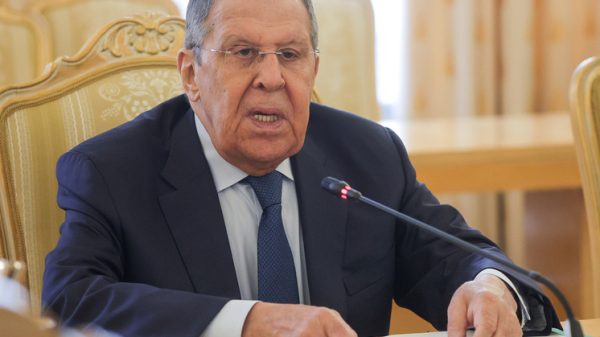




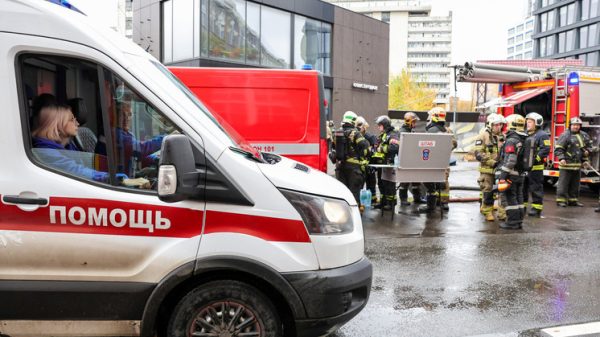

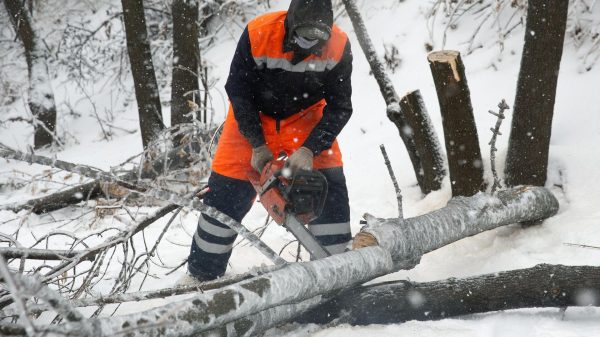










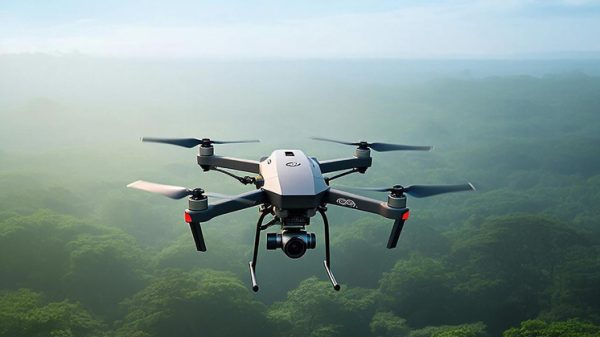


































Свежие комментарии